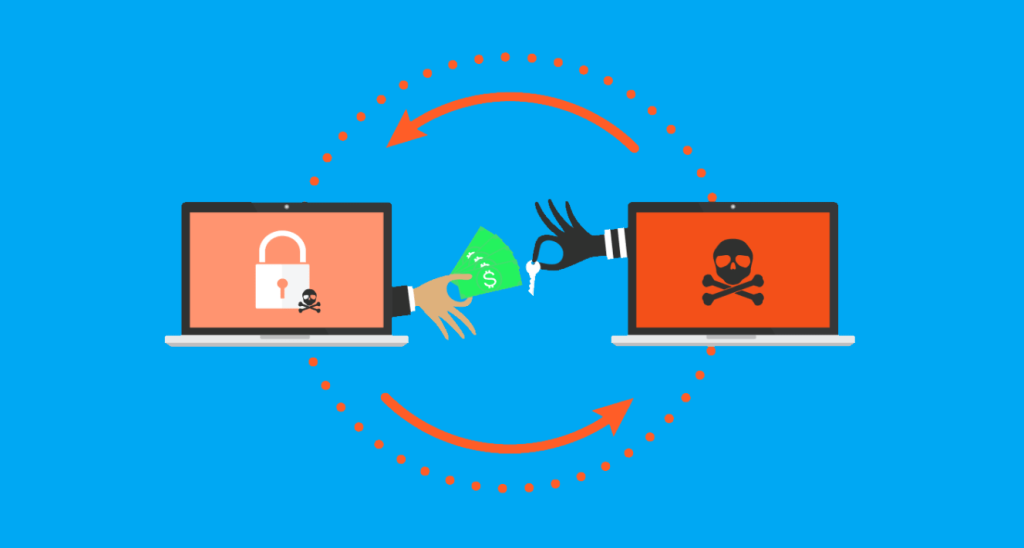KEEP IN TOUCH
Subscribe to our mailing list to get free tips on Data Protection and Cybersecurity updates weekly!







Organizations are under tremendous pressure to protect customer and business data protection statistics.
Laws such as the European Union’s General Data Protection Regulation (GDPR) and the California Consumer Privacy Act (CCPA) have considerably upped the ante for entities that experience data breaches. Failure to comply with such requirements can result in costly fines and other legal implications.
Cloud migration, digital transformation, and enterprise mobility initiatives are other major issues. Data that used to be located on premises is now scattered across public cloud, private cloud, hybrid, and mobile environments, making it much harder for security organizations to protect it.
Also read: 100 Data Privacy and Data Security statistics for 2020

Here are the top 25 data protection statistics that you must be informed.
Those numbers, from more than 3,800 publicly disclosed data breaches, put 2019 on track to be the worst ever for data breaches.
Source: 2019 State of Security Operations (Micro Focus)
The growth in the number of tools available that let attackers search for misconfigured cloud resources is adding to the seriousness of the issue.
Source: 2019 Internet Security Threat Report (Symantec)
That’s more than double the global average of $3.92 million per breach.
Source: 2019 Cost of a Data Breach Report (Ponemon Institute, for IBM Security)
Outside actors perpetrated 69% of breaches, and 5% involved both.
Source: 2019 Data Breach Investigations Report (Verizon)
Some 66% have been targeted in a ransomware attack over the past year.
Source: Healthcare Cyber Heists in 2019 (VMWare Carbon Black)
This is whether the employees actually need access to the data protection statistics or not. Every employee, on average, has access to 17% of all files containing sensitive data at their organizations.
Source: 2019 Global Data Risk Report (Varonis)
More than half of the data (53%) at the average organization is stale; 58% of organizations have at least 1,000 stale user accounts.
Source: 2019 Global Data Risk Report (Varonis)
That number is lower than the 54.6% of organizations (1 in 1.8) that had mobile apps doing the same thing in 2017.
Source: 2019 Internet Security Threat Report (Symantec)
This is a packet of personally identifiable information that includes a victim’s full name, date of birth, Social Security number, phone number, address, mother’s maiden name, driver’s license number, and other data. For a fullz from the US, the cost can range from $30 to $40. In the UK, the same data costs between $35 and $50.
Source: The Black Market Report (Armor)
At the lower end, the price for credentials to a bank account with $3,000 or less ranges from $150 to $300.
Source: The Black Market Report (Armor)
[ Get on top of access with TechBeacon’s guide to identity governance. Plus: Learn how to secure cloud-based Linux resources with Active Directory in this Webinar. ]
Nearly six in 10 (57%) expressed the same concern over data privacy in cloud environments.
Source: Cloud Vision 2020: The Future of the Cloud Study (LogicMonitor)
The survey asked specifically about public, private, or hybrid cloud. Another 20% expect the migration to happen in 10 years, and 11% believe they will get there in seven years.
Source: Cloud Vision 2020: The Future of the Cloud Study (LogicMonitor)

This was based on a survey of 1,200 IT and security executives. The move from single on-premises environments to multiple SaaS, IaaS, and PaaS environments is driving much of the complexity.
Source: 2019 Thales Data Threat Report — Global Edition (IDC, for Thales)
Though awareness is high about the need for data encryption, fewer than 30% have implemented it for a vast majority of user cases, including full disk encryption, workloads in the public cloud, big-data environments, mobile devices, IoT, and containers.
Source: 2019 Thales Data Threat Report — Global Edition (IDC, for Thales)
This is based on a survey of 3,200 security professionals in 18 countries. Another 29% hope to be similarly ready by early 2020.
Source: Data Privacy Benchmark Study (Cisco)
In this study of 3,200 professionals, 39% pointed to internal training as their biggest challenge, and 35% said it was hard for them to remain on top of constantly evolving requirements of GDPR.
Source: Data Privacy Benchmark Study (Cisco)
Some 13% reported working actively on between 6 and 10 data privacy laws at the same time, and 13% on between 11 and 49 laws.
Source: IAPP and TrustArc Report
Over three-quarters (80%) of respondents in this global survey said they had done the same thing with their privacy policy.
Source: IAPP and TrustArc Report
Legal, operational, technical, and business-related costs include renegotiating contracts and changing data-handling practices.
Source: Standardized Regulatory Impact Assessment (California Office of the Attorney General)
Some 70% feel protective about their identity information, 61% about medical information, and 57% about their contact information.
Source: RSA Data Security & Privacy Survey 2019
US users are likelier to have experienced a personal data compromise compared to users from other countries.
Source: RSA Data Security & Privacy Survey 2019
Another 47% feel “somewhat vulnerable” on the issue. A bare 2% don’t feel their data is vulnerable at all to compromise.
Source: Statista
Some 41% share less information online than they used to, and 40% avoid visiting sites they perceive as being risky to mitigate data breach risk.
Source: Statista
This is compared to barely 29% of North American online users.
Source: Statista
In contrast, 72% of UK residents would blame the company—and not hackers—for losing personal data.
Source: RSA Data Security & Privacy Survey 2019
Also Read: What Is Pentest Report? Here’s A Walk-through
The data privacy and data security statistics in this blog are fragments of various researches and surveys conducted on different numbers of subjects and organizations, using different methods. For further clarification, we encourage you to follow links in the article.
Understanding the cyber terminology, threats and opportunities is critical for every person in every business across all industries. By providing advanced cyber training and education solutions in all departments of your business, from marketing and sales to IT and InfoSec, you are investing in your company’s protection against cyber threats. Check out how Privacy Ninja’s range of services can help you achieve not only compliance to data privacy laws, but also cyber training and education.
Also read: What Legislation Exists in Singapore Regarding Data Protection and Security?